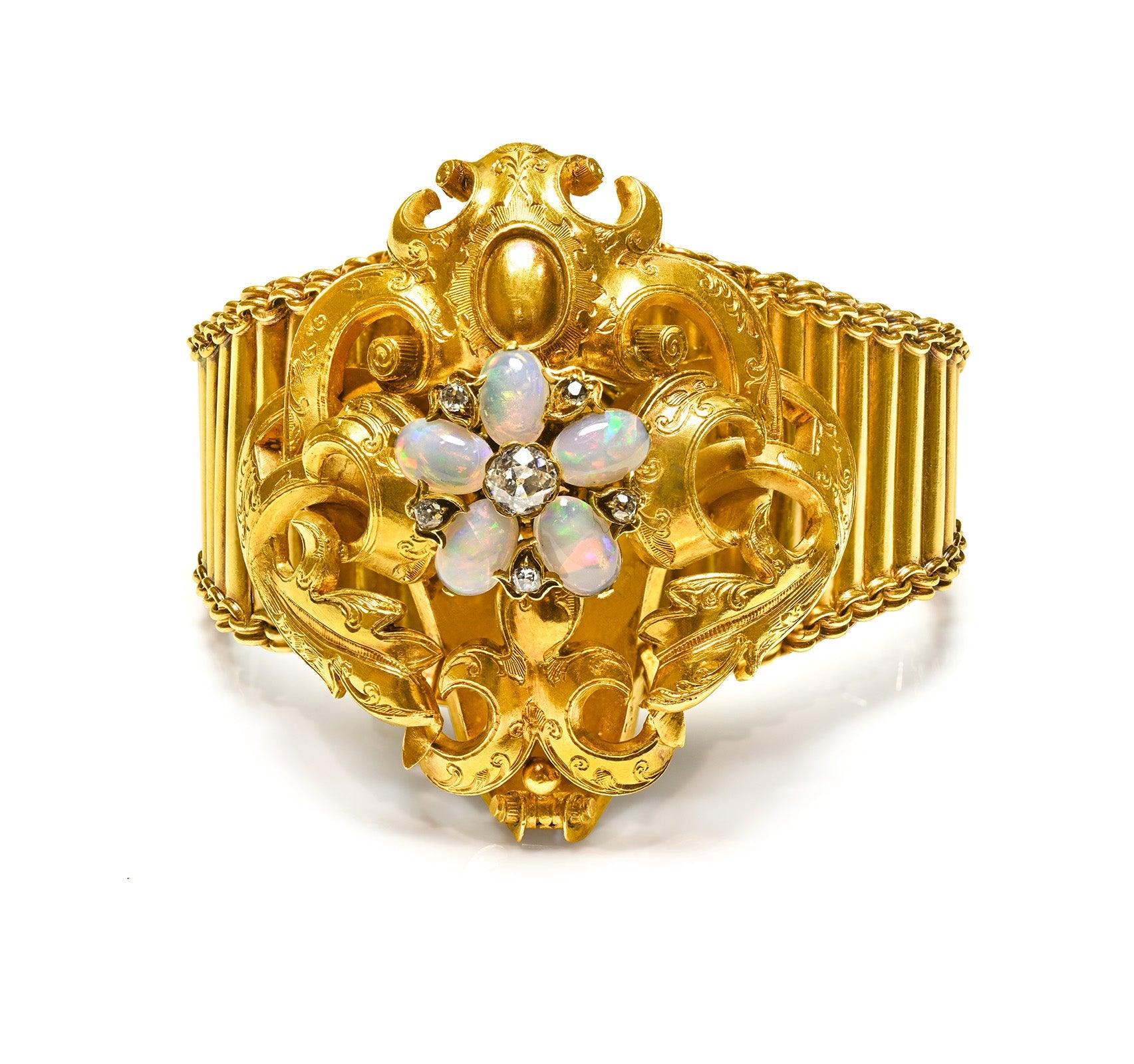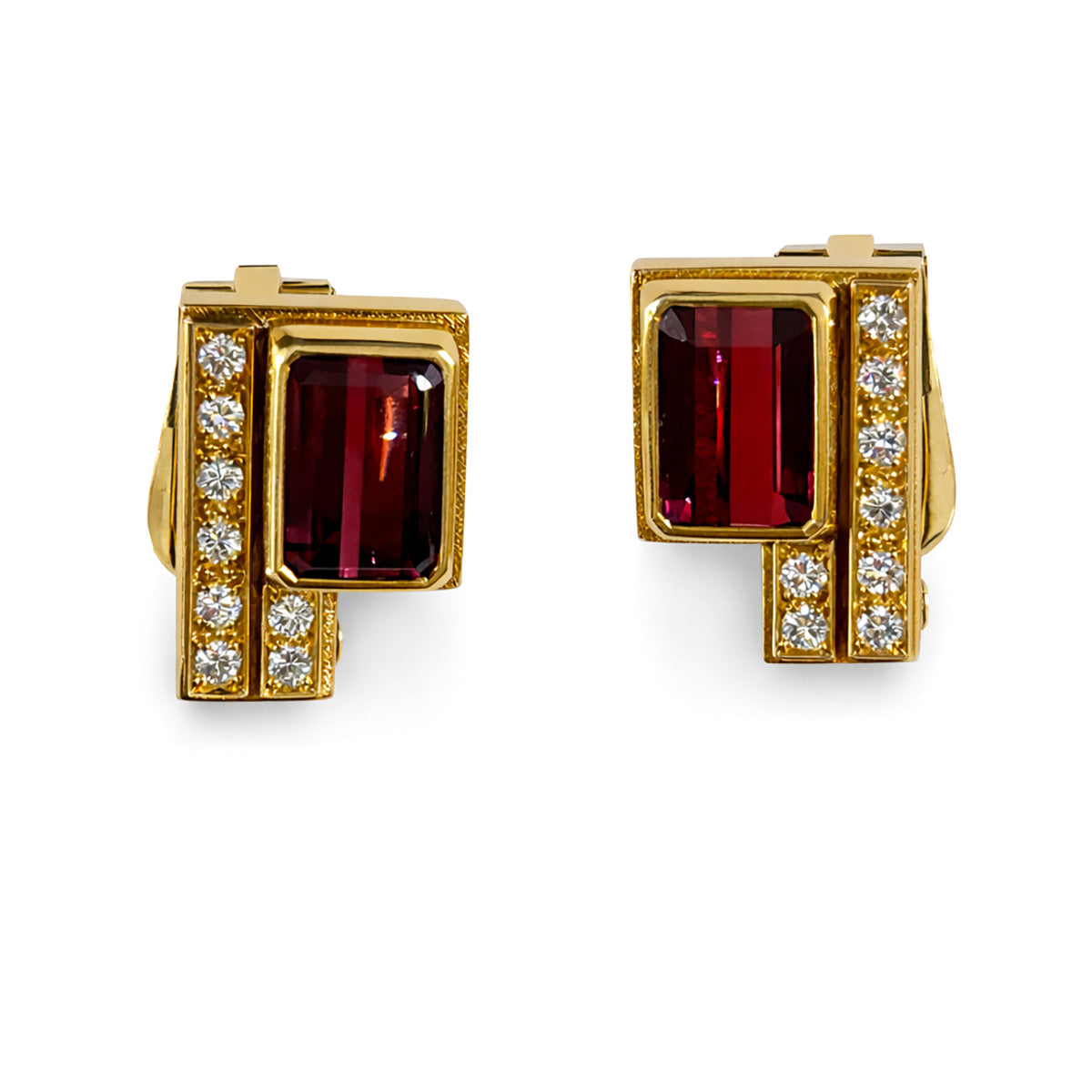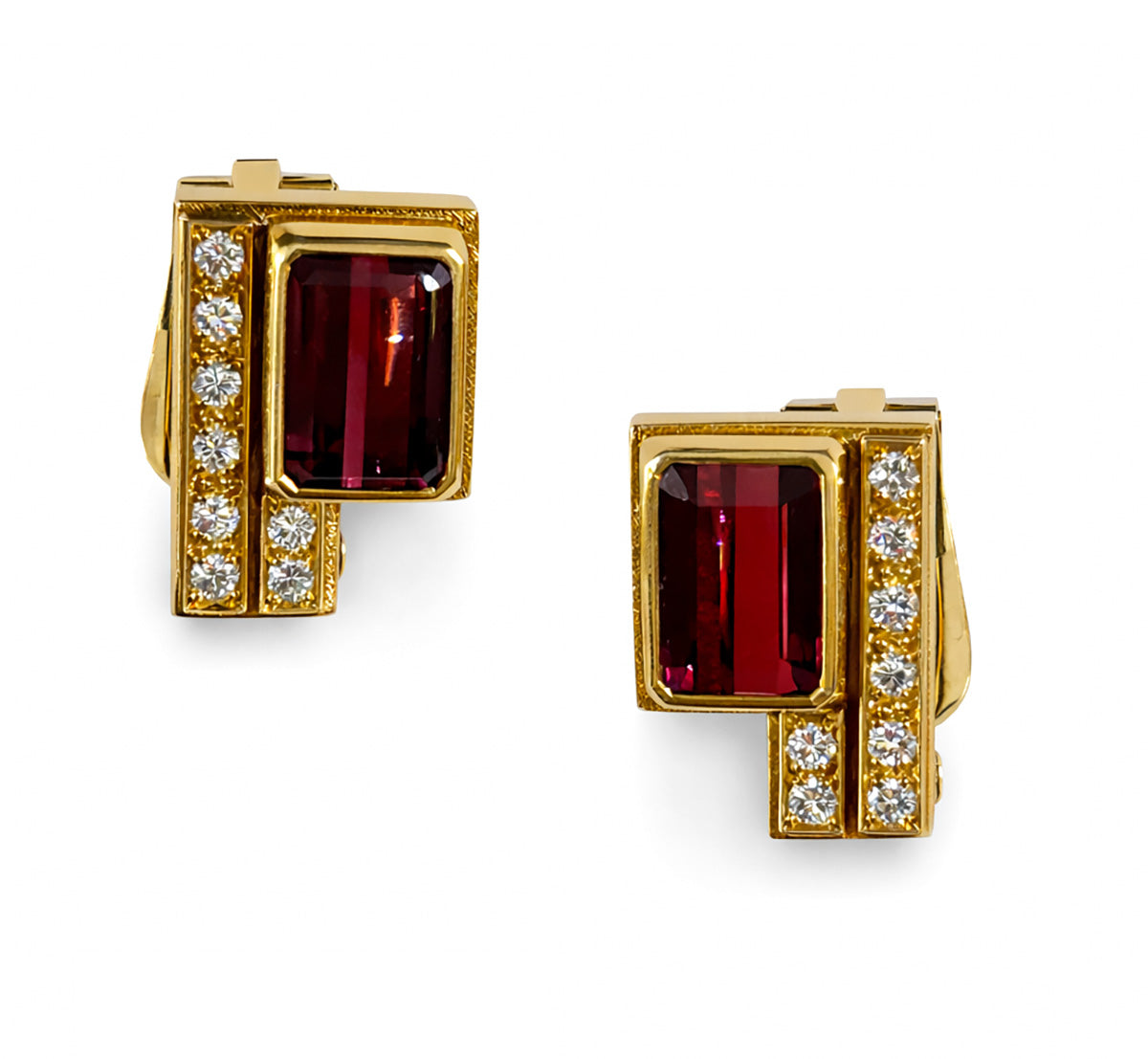
What Are Jewelry Allergies And What Can You Do About Them
It's possible that you have occasionally suffered from jewelry allergies but weren't aware of this.
Jewelry allergies are fairly common, and the skin's itchiness and inflammation can be very upsetting, especially when you have to stop wearing a beloved piece.
What Are Jewelry Allergies?
Jewelry allergies can manifest as dermatitis in areas where nickel-containing metal is in contact with the skin.
The earlobes (from earrings), the fingers (from rings), and the area around the neck are the most frequent sites of jewelry allergy (from necklaces).
Intense itchiness develops in the affected areas, which may also turn red and blister (acute dermatitis) or become dry, thick, and pigmented (chronic dermatitis).
Later on, dermatitis can sometimes affect parts of the body, particularly the hands, that are not in contact with jewelry.
People who have a history of jewelry allergies are more likely to develop pompholyx, a blistering type of hand dermatitis that may be brought on by contact with other nickel sources like coins and keys.
With piercings, this allergic reaction is even more pronounced. The reaction is more potent because the metal penetrates the skin rather than simply resting on top of it.
Symptoms Of Jewelry Allergies
Because we wear jewelry most often on our ears, fingers, and neck, jewelry allergies are usually seen there. The following are the most typical signs:
- raised bumps on the skin
- varying degrees of mild to severe itching
- skin rash/eczema
- redness
- in more extreme cases, blisters filled with heat fluid
- dry patches on the skin
Still, jewelry allergies are not necessarily brought on by an allergy to a particular metal, according to dermnetnz.org.
Other causes of a rash at the location of a specific piece of jewelry may be:
- Friction, surface dirt, and particles on the metal, soap, and water under the item, or other non-metal parts of the jewelry can all cause irritant contact dermatitis. People with sensitive skin or atopic dermatitis are more prone to irritant reactions.
- Psoriasis and vitiligo can appear at an injury or location; they may do so as a result of a tight watch strap, necklace, or bangle, for example.
- Staphylococcus aureus infection at a piercing site could cause leaking and crust (impetigo or wound infection).
Metals That Can Cause Jewelry Allergies
About 10-15% of persons are thought to be allergic to one or more of the metals nickel, cobalt, or chromium, which are the main causes of these allergies.
Among the unpleasant jewelry allergies, the most typical one is nickel, which is why many earrings have the designation "nickel-free."
If you've ever wondered why wearing white gold or sterling silver jewelry causes an allergic reaction, it's probably because both of these metals frequently contain nickel. They are made more resistant to bending and scratching thanks to it.
Even gold can trigger an allergic response in certain people. You may have heard the advice to get 18-karat gold because it is pure and immune to allergies. This is not true. Even though gold allergies are uncommon, they can still cause an allergic reaction in some people.
The Severity Of Jewelry Allergies
While most jewelry allergies are limited to the area where the jewelry came into contact with the skin, occasionally the reaction can spread to other areas, especially the hands.
Of course, each person's allergic reaction is unique, with some experiencing more severe reactions like blistering and intense burning while others have much milder or almost imperceptible reactions.
According to "Jewelry This", jewelry allergies can also be aggravated by sweat, soap residue left underneath the jewelry, or if the jewelry comes into contact with an open wound.
Who Is Affected By Jewelry Allergies?
People of any age can experience the onset of allergic contact dermatitis to metal jewelry. This is typically brought on by a nickel or cobalt allergy, and once it does, it typically lasts a lifetime.
Some people experience even brief dermatitis (also known as eczema) when they come into contact with nickel-containing products, while others experience sudden rashes after years of wearing them without incident.
In most cases, only the skin sites in contact with the metal experience this, but in extreme cases, it may spread more widely.
Women are more likely than men to wear jewelry, which may contribute to their higher prevalence of nickel allergy, though this trend is changing.
Allergies to other metals used in jewelry are possible, although nickel allergy is the most frequent. It appears to be uncommon, though.
What Can You Do?
What you should do when you suffer from jewelry allergies? Do you have to just stop wearing jewelry?
There is no concrete recipe, but the first step would obviously be to stop wearing that specific piece of jewelry. At least temporarily.
You can test several natural cures when having jewelry allergies. Keep the skin cool by using a cool, damp compress, for instance. This will lessen swelling, ease itching, and dry blisters.
Apply calamine or another calming lotion to relieve itching. Regular moisturizing will help to repair your skin's natural barrier, which is damaged when it responds to nickel.
After the itch disappears, wear the desired piece again and see if you will have those jewelry allergies again. If the itching returns, you are most likely allergic to a certain metal in that piece.
If the rash doesn't go away on its own or with a little assistance from an over-the-counter steroid cream, it's time to see the dermatologist, according to Epiphany Dermatology.
How To Avoid Jewelry Allergies
If you have been told that you have a metal allergy, it's crucial to avoid wearing jewelry and other accessories that contain that metal.
A dermatologist can also conduct a skin patch test to see if you have a metal allergy or if you suffer from jewelry allergies.
Once your allergy to nickel or cobalt has been identified, you must limit your contact with those metals.
Here are some tips on how to continue wearing cheap jewelry while protecting your skin at the same time:
Invest In Hypoallergenic Jewelry
According to walkindermatology.com, if you have a metal allergy, be sure the jewelry you intend to buy is free of that metal.
Look for hypoallergenic jewelry made of surgical-grade stainless steel, titanium, platinum, nickel-free stainless steel, sterling silver, and 18K gold.
Avoid purchasing jewelry that is mixed with metals like white gold or that is plated with another metal.
Put Up Defenses For Your Skin
You can lower your chance of an allergic reaction when handling metals by erecting barriers. For instance, if you're working with metals, wear gloves. Three coats of transparent nail paint work well for jewelry.
Another way to avoid jewelry allergies is to reduce the number of irritants that react with body heat and perspiration by painting the area of the jewelry that touches your skin with clear nail polish. After a few wears, make sure to reapply additional coats of polish.
Visit A Trustworthy Piercing Shop
Choose a studio that offers piercing services in a sterile and professional setting if you're intending to get piercings.
Verifying the use of surgical-grade stainless steel needles that are sealed and sterile at the studio is an indicated method to avoid jewelry allergies.
Additionally, piercing guns should be kept clean so that the portion that comes into contact with a customer's skin is not used on other clients.
See if your piercer can provide proof of the metal content of their items and ask them for hypoallergenic jewelry made of sterling silver or comparable metals.
Even though jewelry allergies can be upsetting, there are ways to get around them so you can still enjoy a chic necklace, a brilliant ruby, or an attractive bracelet.

















